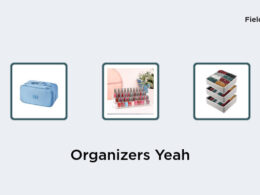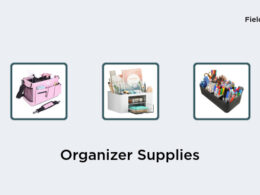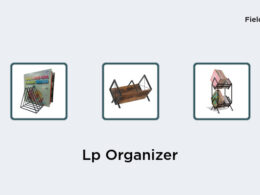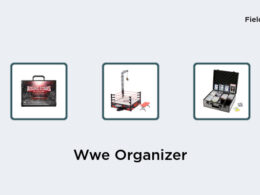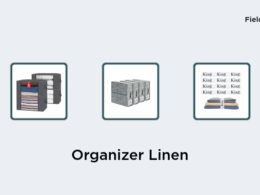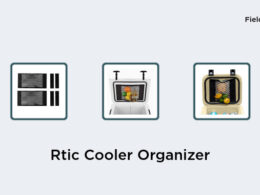- Create your C source files
- Compile the files into object files
- Build your library using the ar the rcs command: ar the rcs libmylib.a objfile1.o objfile2.o objfile3.o
To create a simple library, there are a few key steps you need to follow. First, you’ll want to create C source files that contain the functions you want to use in your library. Once you’ve created these files, you’ll need to compile them into object files. Here’s a step-by-step guide to building your own library:







